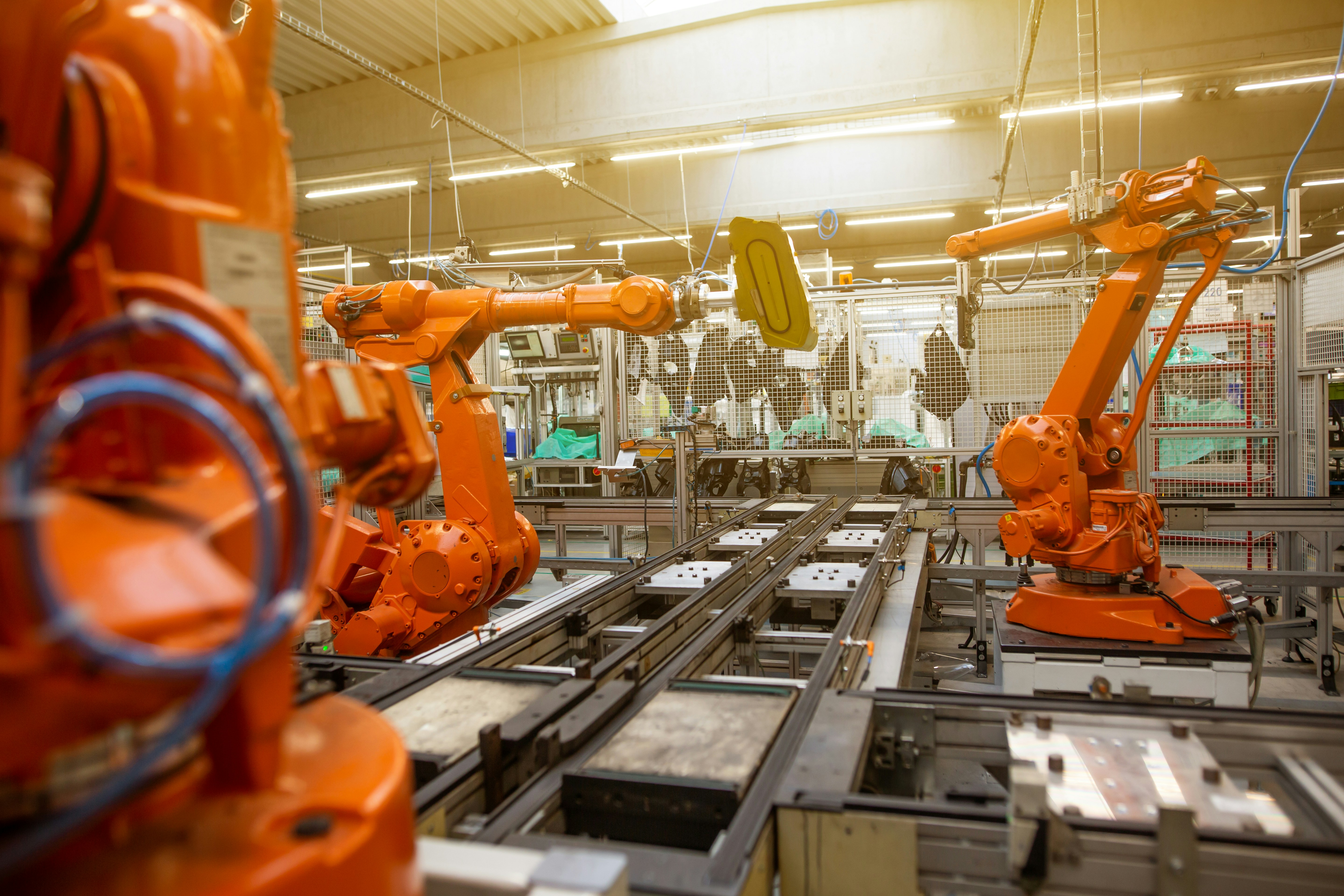Principal Hardware Engineer | Marine | AUV | Robotics | Harwell – Hybrid | £65,000pa - £70,000pa plus share scheme & benefits:
A once in a lifetime opportunity has arisen for a passionate Principal Hardware Engineer to join a stealth robotics company based in the Oxfordshire area. This amazing business and AUV submersible robot have massive potential across a range of different industry sectors. The Principal Hardware Engineer will lead in the design, integration, and testing of advanced hardware systems for autonomous underwater vehicles (AUVs) and remotely operated vehicles (ROVs). In this role, you will be responsible for developing mission-critical electronics and system architectures that operate reliably in challenging marine environments.
If you’re passionate about robotics within the maritime industry and the autonomous vehicle and unmanned vehicle industry, you honestly need to make contact with us, this Principal Hardware Engineer role is not to be missed. Candidates must be British Citizens or have lived in the UK for a minimum of 5 years, due to needing SC clearance.
Key Responsibilities:
Lead the architecture and development of hardware systems for underwater unmanned platforms, including power distribution, embedded electronics, sensor integration, and control systems.
Design and oversee development of custom PCBs, enclosures, and interconnect systems that meet demanding environmental and operational requirements (pressure, corrosion, vibration).
Evaluate and integrate marine sensors (e.g., sonar, cameras, DVLs, IMUs) and actuators into system designs, ensuring compatibility and performance under water.
Develop and implement robust electrical and communication interfaces (e.g., Ethernet, RS-232/485, CAN, I2C, SPI) for high-reliability operation.
Lead hardware system integration and testing, including pressure testing, EMI/EMC validation, and underwater operational trials.
Collaborate closely with software, mechanical, and systems engineers to ensure cohesive design and successful system-level integration.
Generate and maintain comprehensive documentation including schematics, BOMs, test plans, design justifications, and regulatory compliance records.
Support field testing and deployments, including troubleshooting and field-based system diagnostics.
Qualifications:
Bachelor’s or Master’s degree in Electrical Engineering, Mechatronics, or a related field.
8+ years of experience in hardware engineering, preferably in unmanned systems, robotics, or rugged embedded systems.
Proficiency in PCB design and layout tools (e.g., Altium, KiCAD, OrCAD) and electrical simulation/analysis tools.
Hands-on experience designing for harsh environments—including pressure, saltwater exposure, and thermal constraints.
Strong understanding of signal integrity, grounding, shielding, and EMI/EMC considerations.
Familiarity with underwater communication systems (e.g., acoustic modems, fiber optics, RF through water).
Excellent analytical, problem-solving, and communication skills.
Demonstrated ability to lead complex hardware development efforts from concept through deployment.
Preferred Experience:
Experience with low-power design, battery management systems, and subsea power architectures.
Knowledge of safety and regulatory standards for marine or defense systems.
Prior work on AUVs, ROVs, or similar subsea robotics platforms. If you’re passionate about both robotics, in particular autonomous underwater or submersible vehicle and unmanned vehicle industry, and you love software engineering within this space, please get in touch ASAP.
MARS Recruitment is an equal opportunities employer and positively welcomes applications from suitably qualified applicants regardless of race, colour, sex, marital status, national origin, religion, age, disability, or any other protected status. Suitable candidates for the role will be contacted within 3 working days, unfortunately if you haven’t heard back in this time your application has been unsuccessful at this time
MARS Recruitment is a specialist Engineering & IT recruiter working in partnership with companies across the UK and offers services of both an Employment Business (for Temporary/Contract roles) and an Employment Agency (for Permanent roles)


